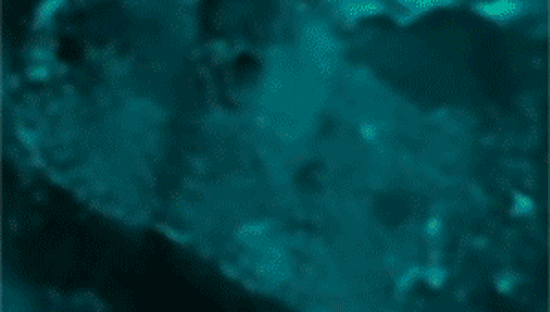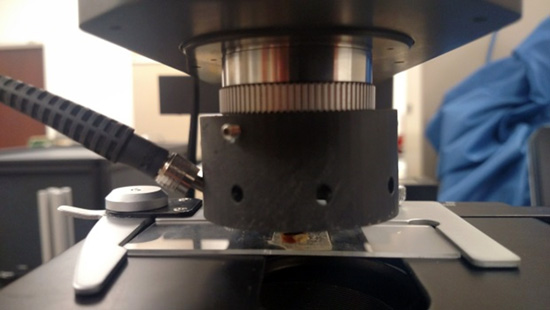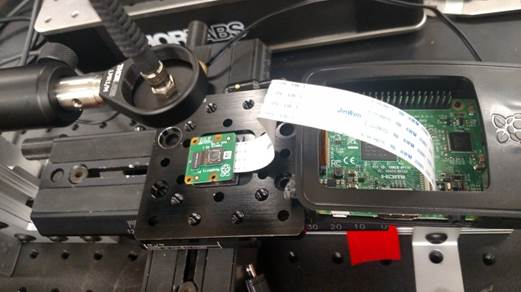About
Hyperspectral (HS) imaging is an attractive molecular characterization tool in cultural heritage because it is non-invasive and non-contact, operates at low light levels suitable for artwork, and is easy to implement directly in a museum laboratory. We are interested in expanding our research toolkit by constructing low-cost, multimodal HS microscopy instruments, which combine the spatial advantages of microscopes with an improved spectral resolution. These different configurations allow us to expand the limits of HS imaging and obtain new information about material morphology and spectral characteristics.

Engineering the Light Path
Improved spectral resolution for our instruments is obtained through our engineered light path, by using a monochromator to select illumination wavelengths in smaller steps than currently attainable with commercial HS cameras. This allows us to resolve smaller spectral features and improves our ability to characterize materials. The high spatial resolution of the microscope component offers advantages for characterizing materials that are heterogeneous over small length scales.
Dark Field Hyperspectral Microscopy
Our flexible setup accommodates both darkfield and brightfield epi-illumination and allows for varying illumination and collection geometries. We are currently developing a darkfield Fourier Ptychographic super-resolution technique which collects images from multiple wide angles so as to avoid oversaturation from spectral reflections.

"Lab-on-a-Chip" Lens-less Imaging
In tandem with hyperspectral microscopy, we are developing a lensless imaging system that exploits low cost, user friendly CMOS sensors to image pigment particles placed directly on top. The images show diffraction rings around the pigment grains (see above) which contains information about the 3D morphology, or shape, of the pigment particles. Using computational algorithms we can reconstruct a hologram of the pigment particles as well as extract characteristic molecular information such as the absorbance spectrum.



